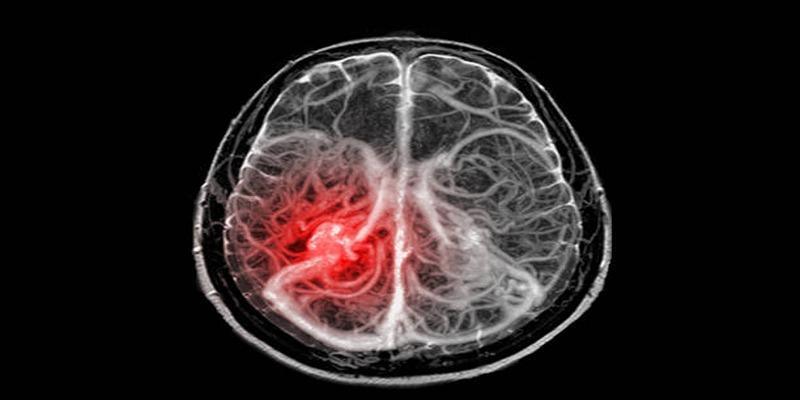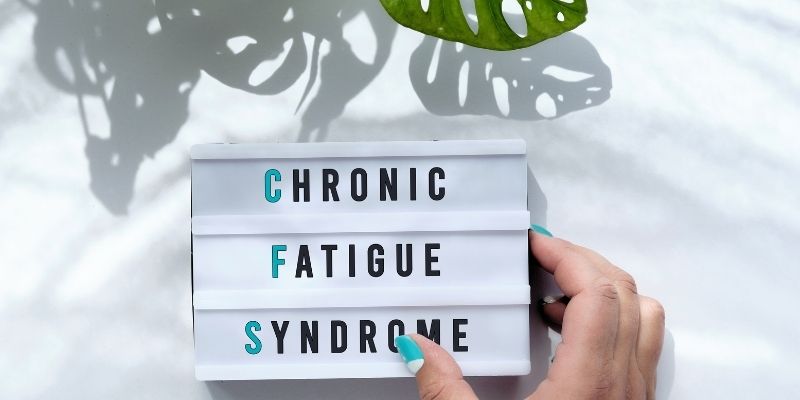A brain aneurysm is a potentially life-threatening condition that needs immediate attention and proper management. This guide will discuss effective treatment options, both surgical and non-surgical, as well as preventive measures. Our aim is to give you necessary information to better understand and manage this serious medical condition.
Understanding Brain Aneurysms

A brain aneurysm or cerebral aneurysm is a ballooning or bulge in a blood vessel within the brain. This is caused by a weakening of the wall of the blood vessel, which then causes it to balloon out when under pressure. Some aneurysms will stay small and are harmless, but others may enlarge and even rupture, resulting in a hemorrhagic stroke medical emergency. The etiology of brain aneurysms is not known, but there are various risk factors involved such as genetic, vascular malformation, trauma, hypertension, or infection.
Risk Factors and Common Symptoms
There are certain factors that might raise the chances of getting an aneurysm in the brain, for example, having a family history of aneurysms, smoking, binge drinking, and uncontrolled blood pressure. With age, risk also increases, and it's more prevalent among women than among men. Aneurysms in the brain tend not to be noticed until they get big or ruptured.
Yet, in certain instances, an unruptured aneurysm's symptoms can be headaches, vision disturbances, pain behind or above the eye, or speech difficulty. A ruptured aneurysm, by contrast, usually has a sudden, extreme headache that people describe as the "worst headache of one's life," nausea, vomiting, loss of consciousness, or neurological deficits, necessitating immediate medical care.
Diagnosis of a Brain Aneurysm

The diagnosis of a brain aneurysm often relies on advanced imaging techniques that allow for detailed visualization of blood vessels and surrounding tissues. A CT scan (Computed Tomography), particularly a CT angiography, is commonly used as an initial diagnostic tool, as it can quickly detect bleeding in the brain caused by a ruptured aneurysm.
Alternatively, MRI (Magnetic Resonance Imaging) and MRA (Magnetic Resonance Angiography) provide a more detailed view of the brain and blood vessels, making them invaluable for identifying unruptured aneurysms or subtle abnormalities. Cerebral angiography, considered the gold standard for detecting aneurysms, involves injecting a contrast dye into the bloodstream and using X-rays to provide highly detailed images of cerebral arteries.
Importance of Early Detection
Early detection of a brain aneurysm is crucial in preventing life-threatening complications like rupture and subarachnoid hemorrhage. Identifying an aneurysm before it ruptures allows healthcare providers to monitor its growth and evaluate treatment options, such as surgical clipping or endovascular coiling, to reduce the risk of rupture.
Regular screenings, especially in individuals with a family history of aneurysms or other risk factors, can significantly improve outcomes and quality of life. Early intervention plays a vital role in managing the condition and minimizing potential neurological damage.
Treatment Options
Below are some of the common treatment options for aneurysms:
Non-Surgical Management
Non-surgical management of aneurysms focuses on lifestyle changes and careful monitoring to prevent growth or rupture. Regular imaging tests, such as CT or MRI scans, are often utilized to track the aneurysm's size and shape over time. Lifestyle modifications play a critical role and may include controlling blood pressure, quitting smoking, managing cholesterol levels, and adopting a healthy diet and exercise routine. These steps help reduce stress on the blood vessels and minimize the risk of complications.
Surgical Interventions
When the risk of rupture outweighs the risks of surgery, healthcare providers may recommend surgical interventions. Surgical treatment options aim to prevent blood flow into the aneurysm, reducing the likelihood of rupture. The decision between various techniques depends on the aneurysm's size, location, and the patient's overall health.
1.Clipping
Clipping involves performing an open surgical procedure in which a neurosurgeon places a small metal clip at the base of the aneurysm. By sealing it off, the clip prevents blood from entering the aneurysm sac, thus reducing the risk of rupture. This highly effective method is generally used for accessible aneurysms and requires a recovery period following surgery.
2.Endovascular Coiling
Endovascular coiling is a minimally invasive method for treating aneurysms. It involves guiding a catheter through the blood vessels to the aneurysm, where tiny coils are inserted into the sac. These coils promote blood clotting, sealing off the aneurysm from blood flow. This procedure is particularly beneficial for patients unable to undergo open surgery or for aneurysms in difficult-to-reach areas.
3.Flow Diversion
Flow diversion is an advanced method used for treating larger or more complex aneurysms. A stent-like device called a flow diverter is placed in the parent artery to redirect blood flow away from the aneurysm, encouraging it to heal over time. This minimally invasive approach has become increasingly popular for cases where other interventions are less suitable.
Rehabilitation and Recovery
After undergoing treatment for aneurysm, patients will need to go through a period of recovery before resuming their normal activities. The length of time it takes to fully recover varies depending on the type and severity of the aneurysm, as well as the individual's overall health and other factors.
The first few days after treatment are crucial for monitoring any potential complications or side effects. Patients may experience headaches, nausea, fatigue, or memory problems during this time. Close monitoring by medical professionals is necessary to ensure proper healing and prevent further complications.
Once discharged from the hospital, patients should continue to follow up with their healthcare team regularly to monitor their progress and address any concerns or lingering symptoms.
Preventative Measures
By adopting healthy lifestyle choices and staying vigilant about symptoms, individuals can significantly enhance their well-being. Below are some recommended strategies:
- Focus on a balanced diet full of fruits, vegetables, whole grains, and lean proteins to provide your body with the nutrients it needs for energy, immunity, and overall health. Limit processed foods and excess sugar to support long-term wellness.
- Stay active with regular exercise like walking, jogging, or yoga to boost heart health, build strength, and improve mental well-being. Aim for 150 minutes of moderate activity weekly.
- Stay informed about health conditions through reliable sources and prioritize regular check-ups to monitor your health, catch issues early, and address concerns with your doctor.
Conclusion
Effective treatment of a brain aneurysm requires a personalized approach that considers the aneurysm’s size, location, and the patient’s overall health. Both surgical interventions, such as clipping, endovascular coiling, and flow diversion, and non-surgical management through lifestyle changes and monitoring play vital roles in reducing risks. Early detection remains key to preventing rupture and improving outcomes.












